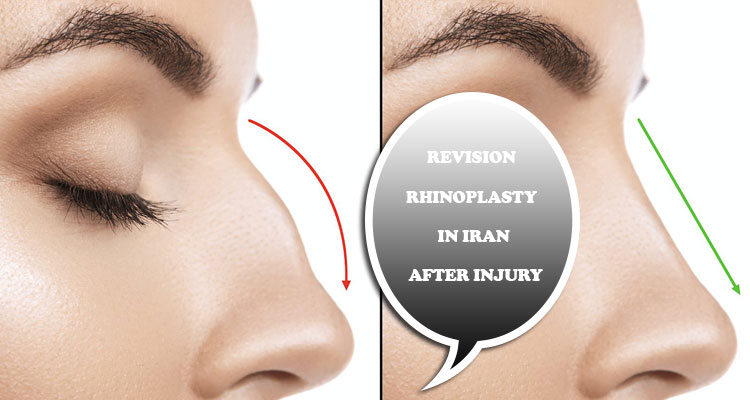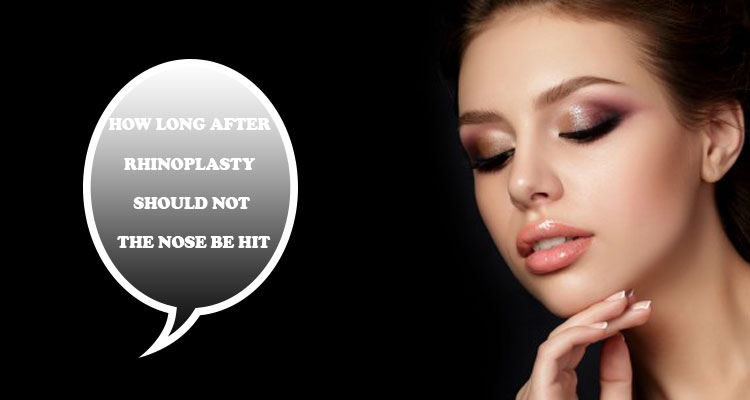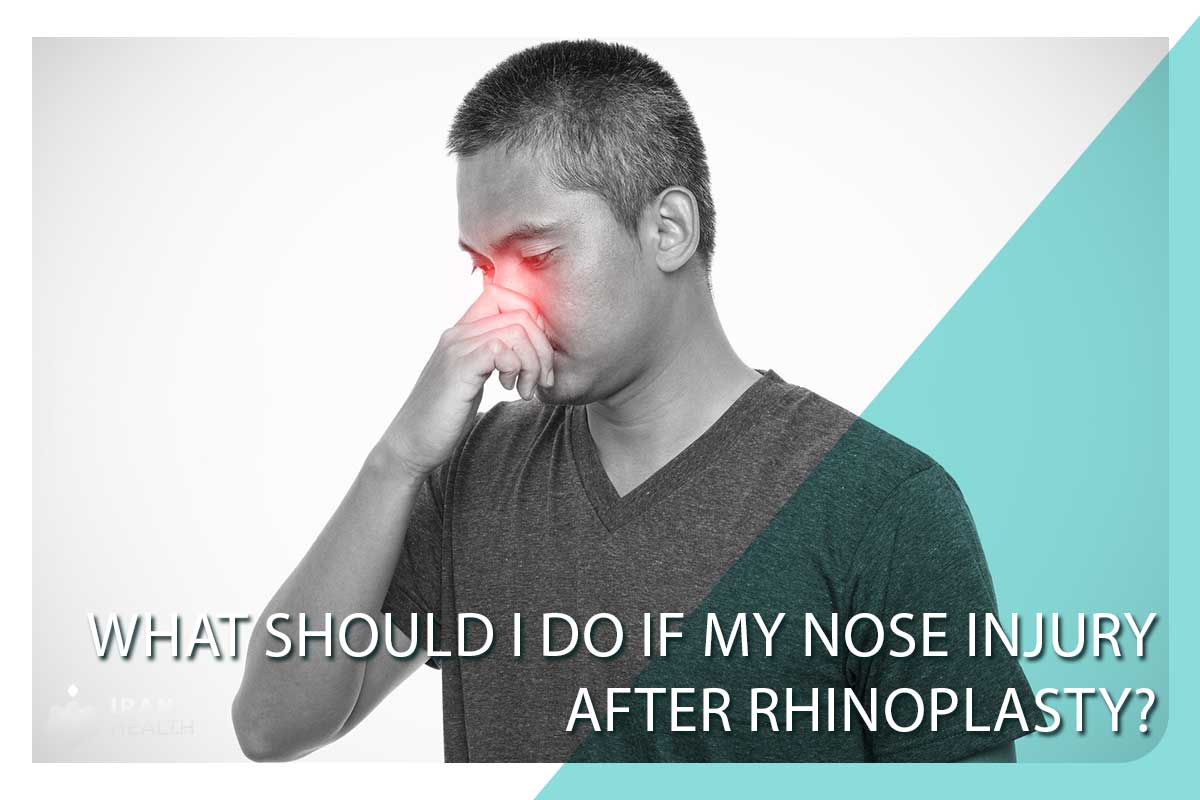Below are comprehensive responses to your inquiries regarding nose injury after rhinoplasty:
If you hit or injure your nose soon after rhinoplasty surgery, it’s essential to contact your surgeon right away. Even a minor impact can potentially disrupt the bones, cartilage, and delicate tissues that were precisely restructured during surgery. Your surgeon will want to examine you to check for any damage.
Signs you may have injured your rhinoplasty
- Increased pain, swelling, and bruising, especially if it’s very sudden after an impact
- A crooked or misshapen appearance to your nose
- Difficulty breathing through your nose
- An audible cracking or crunching sound during impact
To check for a sprained nose after impact, your surgeon may order imaging tests like an X-ray or CT scan. This will allow them to see if the nasal bones have been knocked out of position or fractured. Any displaced bones or cartilage will need to be put back in place, sometimes requiring revision surgery.
In the first 6-8 weeks after rhinoplasty, the bones and cartilage are still movable and fragile as they heal into place. Avoiding any contact sports or activities that risk getting hit in the nose during this time is critical.
After 8 weeks, the structures become more stable and rigid. However, it can take up to a full year for them to ultimately settle into their final position.
The most challenging recovery days are usually the first 3-5 days when swelling and discomfort peak. Pain, bruising, and swelling gradually improve over the first two weeks.
Puffiness and some numbness can persist for months as the nerves regenerate. If you experience a sudden increase in any of these symptoms after an injury, see your surgeon immediately to examine your nose.
Significant new swelling and bruising after a minor bump could signal a fracture or structure shift. But sometimes swelling alone can make the nose appear crooked or bumpy. Your surgeon will determine if bone or cartilage has been displaced that may need surgical repair to prevent deformity. Most rhinoplasty injuries can heal well without permanent issues with proper prompt care.
Strategies for dealing with nose injury after rhinoplasty?
Here are some tips for dealing with potential nose injuries after undergoing rhinoplasty in Iran:
- Follow all post-operative instructions from your surgeon carefully, especially activity restrictions for the first 6-8 weeks to prevent injury. Avoid any contact sports or risk of trauma to the nose.
- Wear the nasal splint or cast as directed, and avoid bumping or jarring your nose until your surgeon removes it. The splint helps provide protection and support as you heal.
- Be very gentle when washing your face or performing nasal hygiene, and don’t blow your nose forcefully for at least 2 weeks after surgery.
- Sleep on your back with your head elevated for the first week to avoid accidentally rolling over and hitting your nose. Travel with 2-3 spare nasal splints.
- Carry a doctor’s note explaining that you recently had rhinoplasty surgery if you need medical care while traveling. Locate the nearest ENT specialist in Iran in case of emergency.
- If you suffer an injury, immediately contact your surgeon, even if it seems minor. Have someone examine your nose and get imaged if necessary. Don’t try to self-diagnose or “wait and see.”
- Take it easy and limit activities for an entire year as your nose stabilizes. Avoid contact sports or risky activities where you may get hit in the face.
- Follow up with your surgeon per their recommendations to monitor healing and nasal function. Report any sudden changes in shape, breathing, pain, or discomfort promptly.
Be patient, cautious, and protective of your new nose for the first year after your rhinoplasty in Iran. Report any concerns quickly to get proper treatment and prevent lasting deformities.

Related Post you can Read: Rhinoplasty for African noses in Iran

NEED A RHINOPLASTY PLASTIC SURGEON IN IRAN?
Here are a few tips for finding a qualified rhinoplasty/plastic surgeon in Iran:
- Look for surgeons board certified in plastic surgery by the Iranian Society of Plastic and Reconstructive Surgeons. This ensures proper training and credentials.
- Find a surgeon with extensive experience performing rhinoplasties. Look for ones with 5+ years of specialty training and hundreds to thousands of rhinoplasty procedures under their belt.
- Search for surgeons based in Tehran, as this city has the highest concentration of qualified specialists in Iran. However, there are skilled surgeons in other major cities too.
- Check reviews, before/after photos, and ratings on sites like RealSelf.com from former rhinoplasty patients. Select a surgeon with a solid reputation for achieving natural-looking results.
- Ask about the surgeon’s revision rhinoplasty experience too. A skilled revision specialist can be necessary if you’ve had a previous nose job.
- Confirm the surgeon performs open rhinoplasty, as this offers better access and visibility for precise structural modifications.
- Schedule an in-person or online consultation to evaluate surgical style, rapport, and aesthetics. Ensure you align on desired improvements.
- Compare pricing between shortlisted surgeons, but don’t choose based on cost alone. Experience and expertise are most important.
- Do your research to find a facial plastic surgeon in Iran you trust for this intricate procedure. Ensure they have top training, surgical skills, and an artistic eye to meet your goals.
To implement all of the aforementioned tips, please contact the Iran Health Agency.



